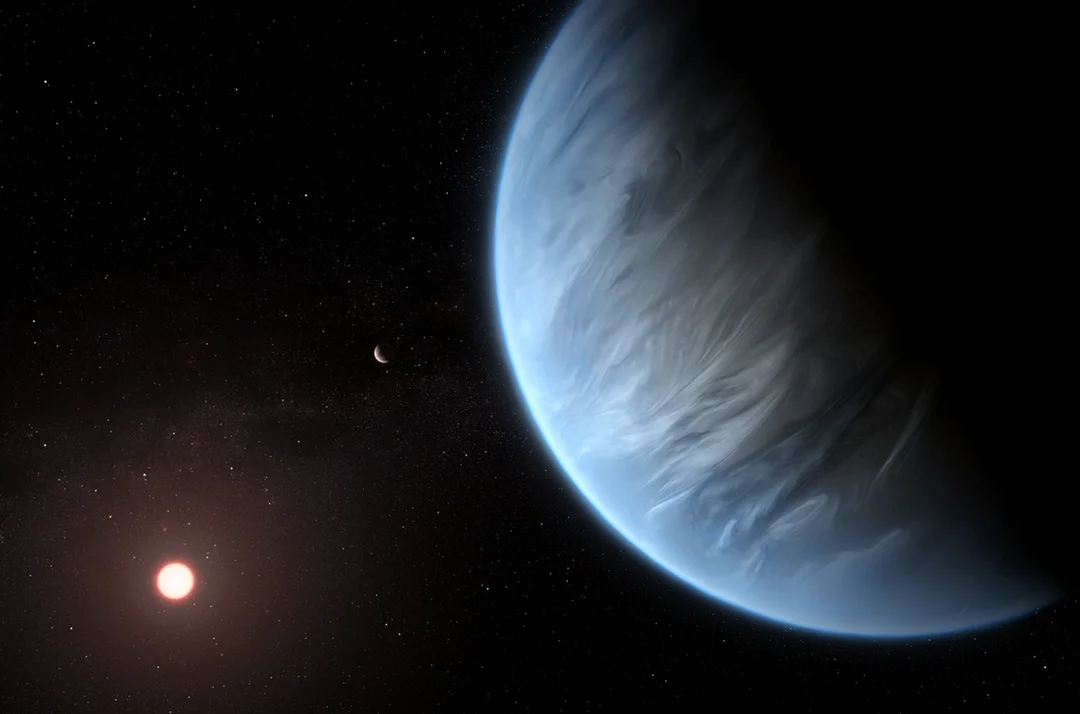
K2-18 b: Is That Alien Life, or Just a Lot of Hot Air? New Findings Spark Debate
The exoplanet K2-18 b, located 120 light-years away, is once again at the center of a heated debate. Could this 'Hycean' world – potentially boasting a hydrogen-rich atmosphere and an oceanic surface – harbor alien life? Recent observations from the James Webb Space Telescope (JWST) initially suggested the presence of dimethyl sulfide (DMS), a molecule predominantly produced by marine life on Earth, potentially signaling a biosignature. But now, the scientific community is divided, with many questioning the validity of these claims.
In April, a team led by Nikku Madhusudhan at the University of Cambridge announced that they had detected DMS using data from NASA’s JWST. They stated that the strength signal was stronger and possibly joined by traces of a chemical cousin, dimethyl disulfide (DMDS), also a life-linked gas. Madhusudhan even described this discovery as a revolutionary moment, stating “It’s the first time humanity has seen potential biosignatures on a habitable planet.”

However, the excitement was short-lived. Other scientists quickly scrutinized the data. One study found that other gases, such as propyne, could mimic the DMS signature just as effectively, without requiring the presence of life. Matt Nixon of the University of Maryland says with propyne and the other gases, the need for DMS or DMDS “just vanishes.”

Adding to the skepticism, another analysis led by Jake Taylor of the University of Oxford found no clear statistical evidence for any gas signals in the JWST data, describing it as “incredibly noisy.” Ryan MacDonald, an astrophysicist at the University of Michigan, criticized the initial claims as “very irresponsible scientific communication,” arguing that the announcement was made with too much fanfare.
Furthermore, some researchers suggest that K2-18 b might not even be the 'Hycean' world that was original thought. An independent reanalysis by some astronomers found no strong evidence for CO2, arguing that it could instead be a lava world or a gaseous planet similar to Neptune without any surface.
Despite the doubts surrounding the presence of biosignatures, researchers agree that K2-18 b remains a valuable target for scientific study. It represents a new class of exoplanet fundamentally different from those in our solar system: the sub-Neptunes. Future observations, especially of the multiple ongoing JWST transits, will be critical to resolving the mysteries surrounding K2-18 b.
So, is K2-18 b teeming with life, or is it a false alarm fueled by noisy data and complex interpretations? The answer, for now, remains elusive. But what do you think? Leave your thoughts below!